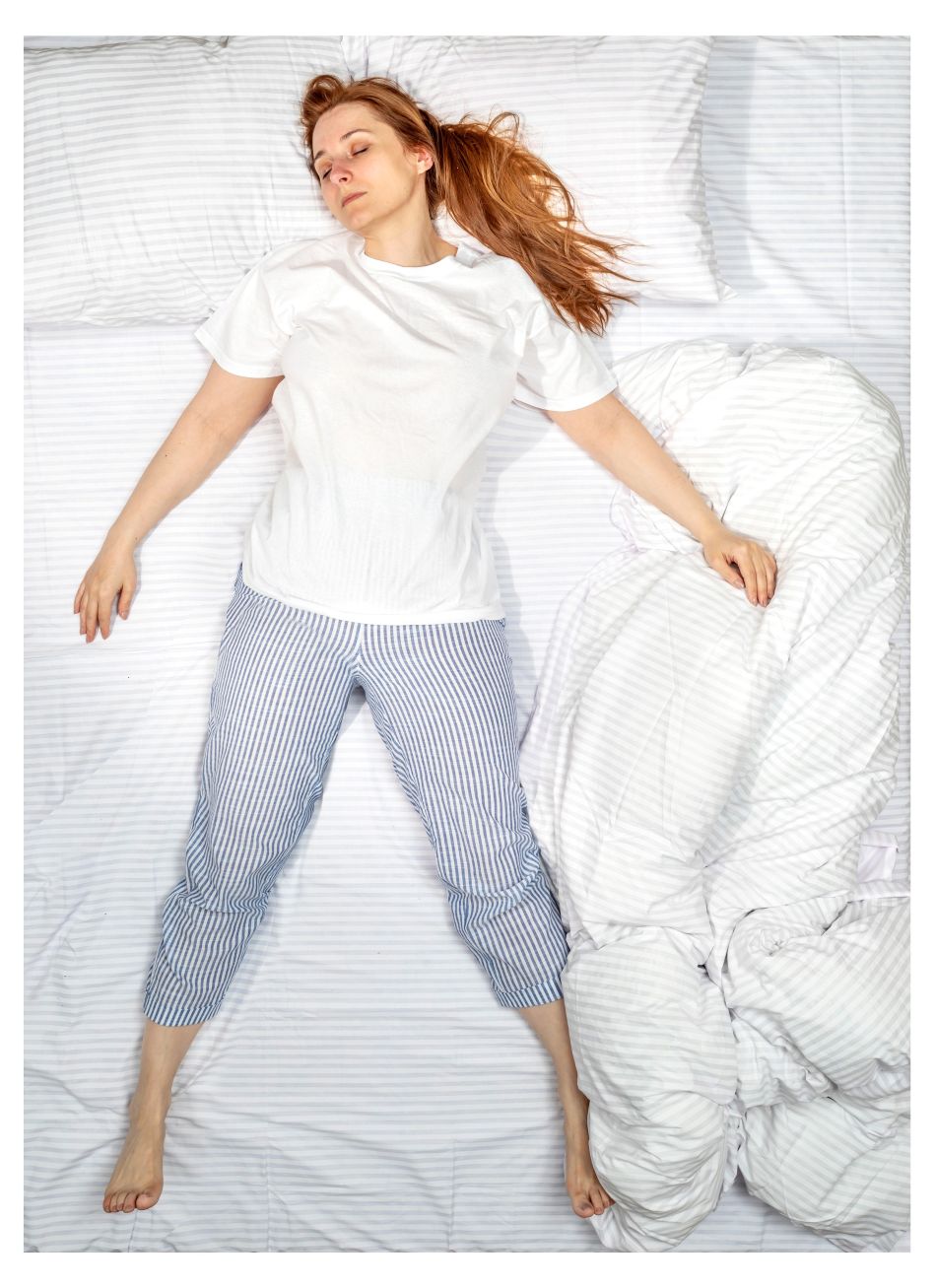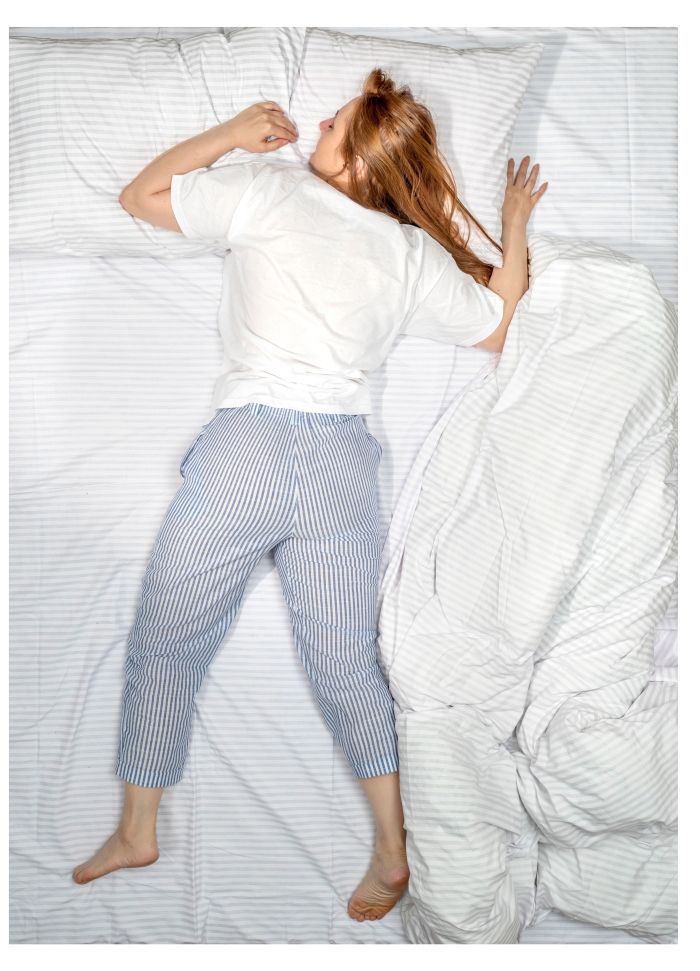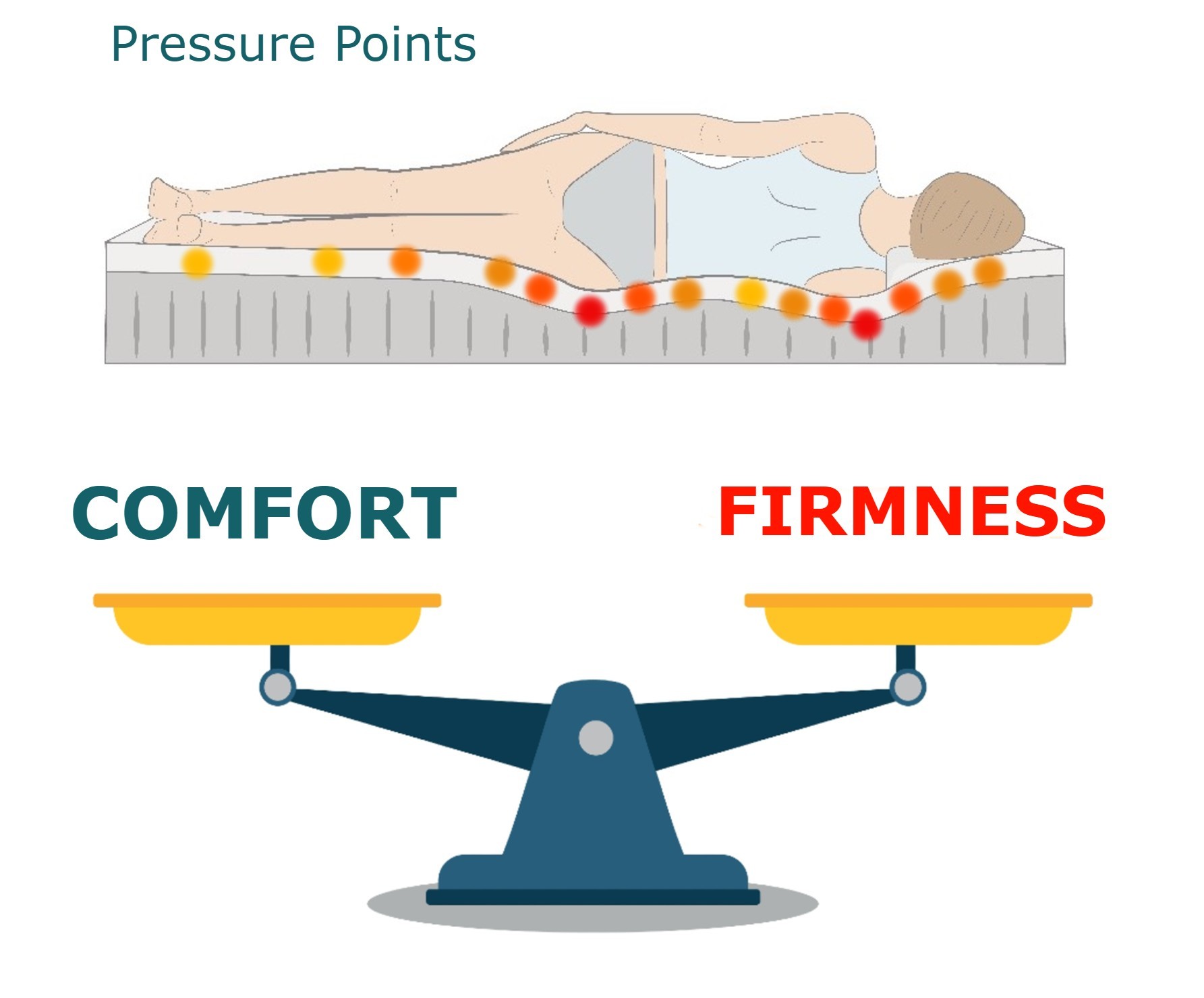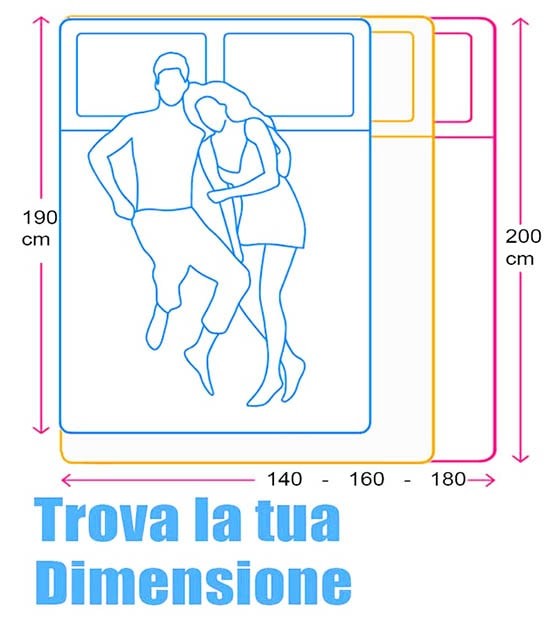Best Sleeping Position
This is why your sleeping position is important
Sleeping isn't enough for muscle and cellular recovery; deep sleep is essential. In fact, the science of sleep teaches us that restorative rest is the REM and deep sleep stages, which are reached after a period of light sleep. So if your sleep is interrupted by micro-awakenings, for example, because you have difficulty finding your sleeping position or because of the heat, it will take longer to reach the sleep stages essential for regeneration and recovery. This is why finding and maintaining the right sleeping position is important.

What is the correct sleeping position?
The best sleeping position is the supine position, as sleep science tells us. Why is it the most suitable position for rest and health? Sleeping on your back promotes:
- breathing, especially when combined with a high pillow, no less than 12-13 cm;
- arterial function by easing blood pressure,
- venous circulation, as it has no contraindications for the heart, unlike sleeping on the left side, for example;
- reduction of tension that causes headaches and neuralgia;
- proper spinal alignment: if you use a good, calibrated mattress, with the right balance between adaptation and support, the supine position promotes spinal relief without compression, which would lead to soreness and stiffness in the spine upon awakening.
Bonus benefit of sleeping on your back? Avoiding resting your face on the pillow improves skin perspiration, so sleeping on your back prevents wrinkles and rashes.
Why you should avoid the prone position
Sleeping on your stomach is the worst position, but for many, it's comfortable and relaxing. It makes you feel protected, with your vital parts in contact with the mattress, and you can feel your heart beating. But there are some significant drawbacks to sleeping on your stomach:
-
strains the lower back and hips;
-
forces an unnatural twisting of the neck, putting us at risk of neck and back pain;
-
hampers breathing by compressing the airways due to the twisting and increased contact with the pillow.
In short: when we lie prone, we subject our body to adaptation stress, as it is a very unnatural position. Because of this adaptation, it forces us to continuously micro-awaken, even simply to turn our head to the opposite side so as not to overload the neck. The result is fragmented and disturbed sleep, resulting in less time for deep, restorative sleep.

Best sleeping positions: lateral and supine
-
Side Sleep: The side sleep position is ideal for the heart if you sleep on your right side, while for the spine it is optimal if combined with a high-performance mattress, capable of adapting to the shoulders and pelvis while simultaneously supporting them. For this reason, we recommend a mattress with pocket springs and memory foam or memory foam, without springs.
-
Supine: As we have seen, it allows you to keep your spine well-aligned with the right load distribution, if the mattress support is well-calibrated.


